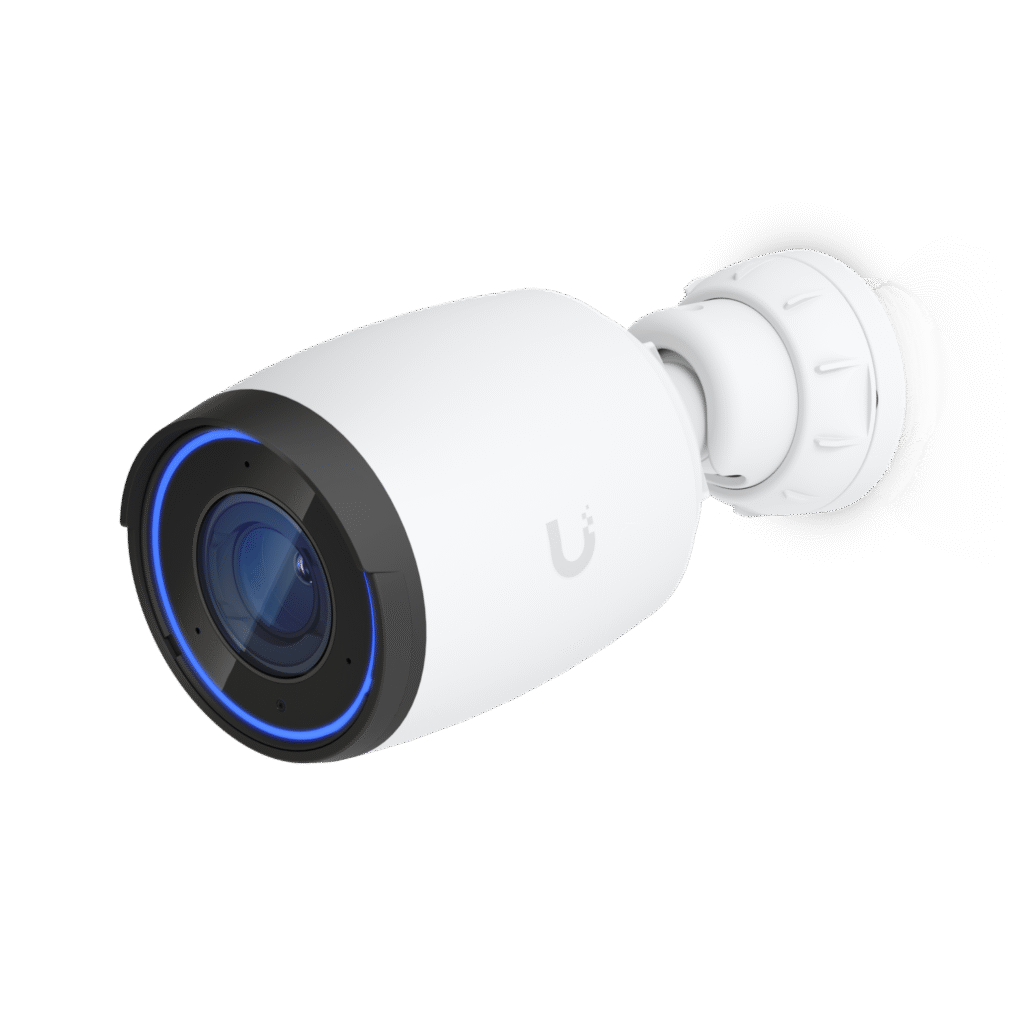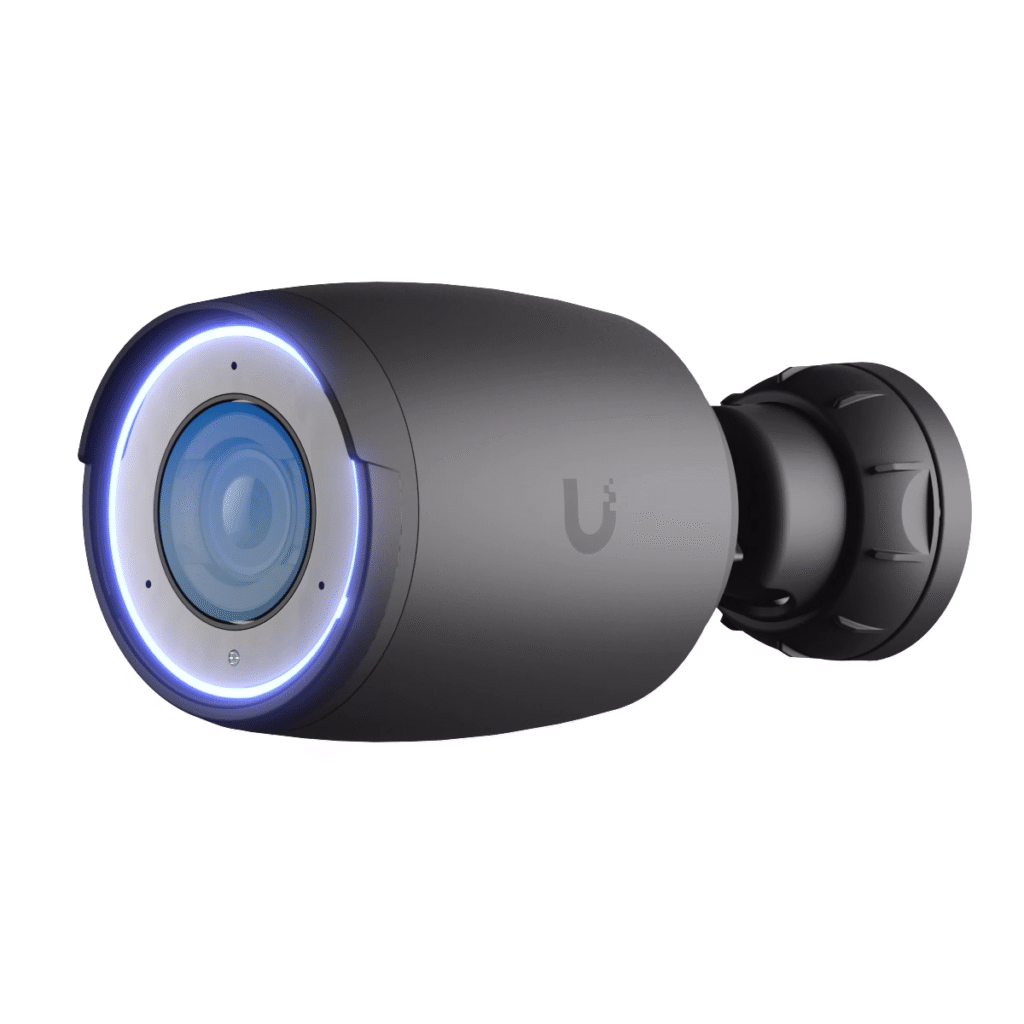In today’s urban environments, ensuring the safety of public areas is more critical than ever. From busy transportation hubs to quiet parks, public safety has become a top priority for city planners and local governments. One of the most effective tools in maintaining public order and deterring crime is the use of surveillance systems. This article explores how camera security improves safety in public spaces, shedding light on the technological advancements and real-world impacts of this crucial infrastructure.
Deterrence of Criminal Activity
One of the most recognized benefits of public surveillance is its role in deterring criminal behavior. Studies have shown that the visible presence of security cameras reduces the likelihood of theft, vandalism, and violent crimes. When potential offenders know they’re being watched, the chances of them committing a crime drop significantly. This psychological deterrent is a central factor in how camera security improves safety in public spaces. Cameras placed strategically in high-traffic areas send a clear message that criminal activity will not go unnoticed.
Enhancing Law Enforcement Response
Camera security systems don’t just act as a deterrent—they also play a vital role in aiding law enforcement. Real-time monitoring allows authorities to respond more quickly and accurately to incidents. For example, if a fight breaks out at a train station or an unattended bag is spotted in an airport, security personnel can immediately assess the situation and take appropriate action. This kind of rapid response is a strong example of how camera security improves safety in public spaces by allowing proactive rather than reactive measures.
Providing Critical Evidence
In many cases, the footage captured by security cameras becomes invaluable evidence in investigations. Whether it’s identifying a suspect, corroborating eyewitness accounts, or understanding the sequence of events in an emergency, video recordings provide a reliable and unbiased source of truth. This is especially important in public spaces where crimes or disputes often involve multiple individuals. The ability to review clear footage is a major reason how camera security improves safety in public spaces, as it ensures accountability and justice.
Increasing Public Confidence
Feeling safe is just as important as being safe. The presence of a well-maintained camera system can boost the general public’s confidence in their environment. People are more likely to use parks, public transit, and other communal areas when they know safety measures are in place. This perception of safety encourages community engagement, fosters economic activity, and promotes a better quality of urban life. It’s a subtle yet powerful way how camera security improves safety in public spaces by building trust between citizens and their surroundings.
Monitoring and Managing Crowds
Large public events, demonstrations, or even daily rush hours can create crowd management challenges. Camera systems allow officials to monitor crowd density and movement in real time. This enables smarter traffic flow, helps identify potential hazards, and allows for quicker evacuation in case of emergencies. Whether it’s a concert, a sporting event, or a busy shopping center, crowd monitoring is a vital reason how camera security improves safety in public spaces with real-time insights.
Integration with Modern Technology
Modern surveillance systems are far more advanced than their analog predecessors. Integration with AI-driven analytics, motion detection, and facial recognition has elevated the utility of public cameras. Some systems can even detect suspicious behavior patterns and trigger alerts automatically. These cutting-edge tools demonstrate how camera security improves safety in public spaces by evolving into predictive systems rather than passive observers.
Moreover, connecting security systems through Ethernet Routers allows for fast, stable data transmission, while devices like Cloud Keys & Gateways enable centralized control and storage, further boosting system efficiency and responsiveness.
Supporting Emergency Services
During emergencies such as natural disasters, medical incidents, or active threats, surveillance cameras can provide essential situational awareness. First responders benefit immensely from live camera feeds, which guide them to affected individuals quickly and safely. These systems also help in coordinating emergency evacuations or lockdowns. It’s another practical example how camera security improves safety in public spaces by reducing chaos and confusion when every second counts.
Preventing Unauthorized Access
Public spaces often include restricted or sensitive areas, such as utility stations, government buildings, or maintenance zones. Surveillance cameras help prevent unauthorized entry and alert security personnel if a breach occurs. Whether it’s someone attempting to enter a restricted subway tunnel or tampering with public infrastructure, real-time video monitoring prevents minor infractions from escalating into serious security concerns. This function reinforces how camera security improves safety in public spaces by protecting critical access points.
Cost-Effective Safety Solution
While installing a surveillance system may involve an initial investment, it often proves cost-effective in the long run. Preventing crimes, reducing the burden on law enforcement, and improving incident resolution can save significant public funds. Moreover, modern IP camera systems can be scaled based on budget and need, making them an accessible solution for cities of all sizes. The cost-efficiency factor is another reason how camera security improves safety in public spaces, especially when compared to other security measures.
Addressing Privacy and Ethical Concerns
As the use of surveillance expands, it is essential to address the ethical and privacy considerations surrounding public monitoring. Transparency, proper regulation, and clear signage indicating the presence of cameras can help maintain public trust. Responsible use of facial recognition and data storage must also be a priority. Balancing privacy with safety is a key part of how camera security improves safety in public spaces without compromising citizens’ rights.
Final Thoughts
The increasing reliance on surveillance systems in public areas is a testament to their effectiveness. From deterring crime to managing emergencies and improving daily operations, camera security offers a versatile and reliable method of enhancing public safety. The future will likely see even smarter integration of these systems with urban infrastructure. As technology continues to advance, we can expect even more innovative applications of how camera security improves safety in public spaces for communities around the globe.




